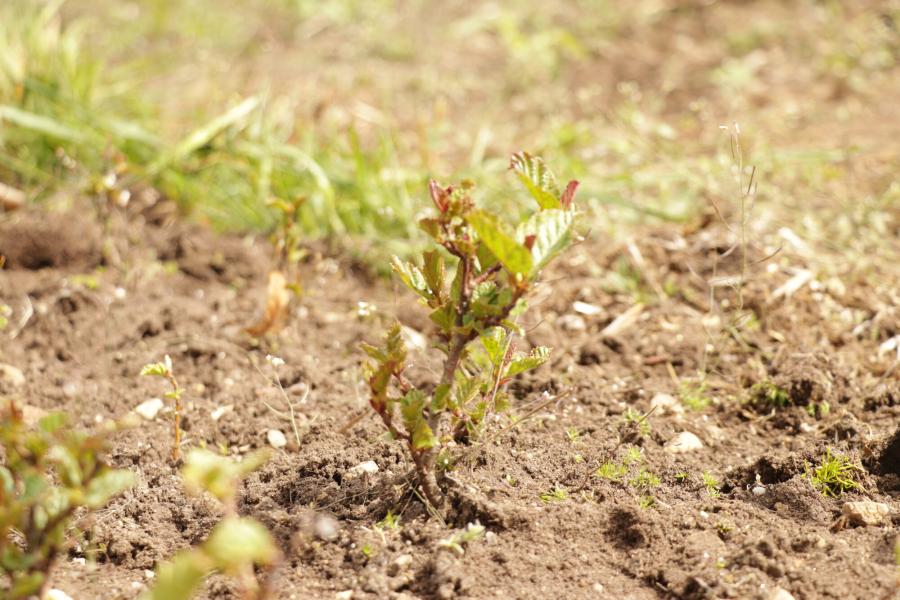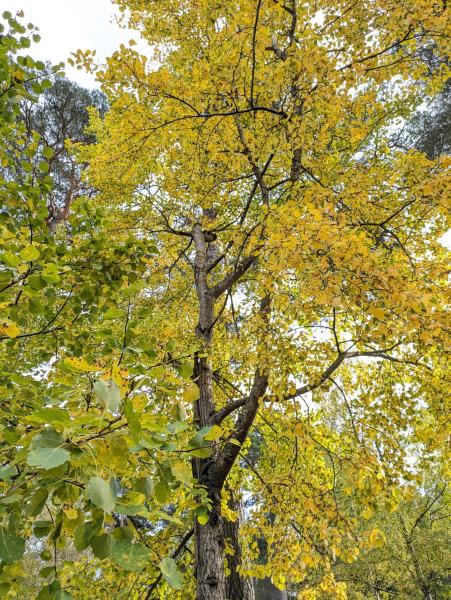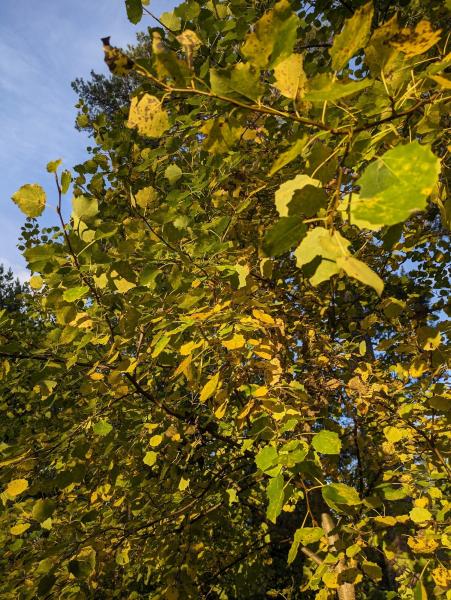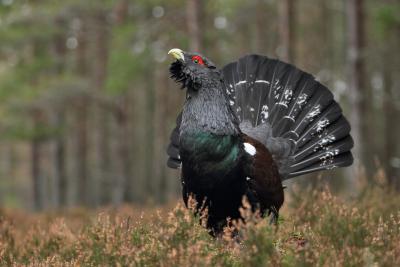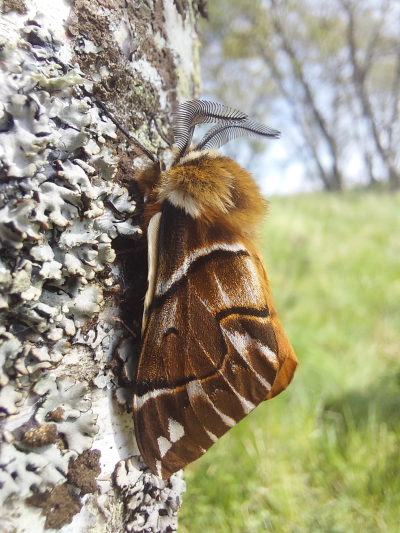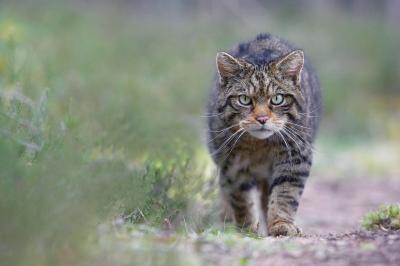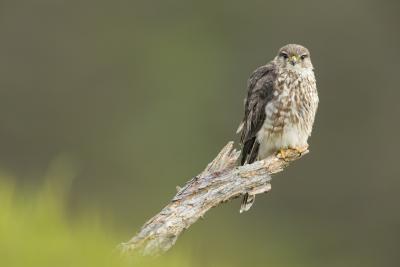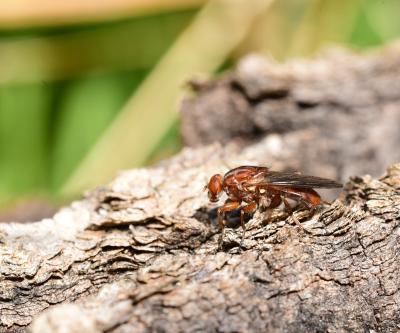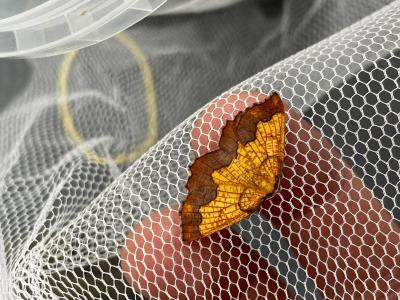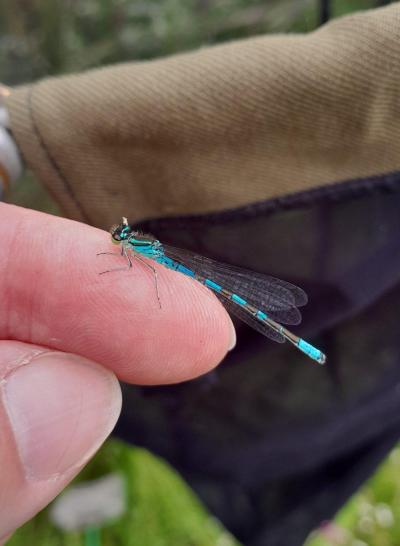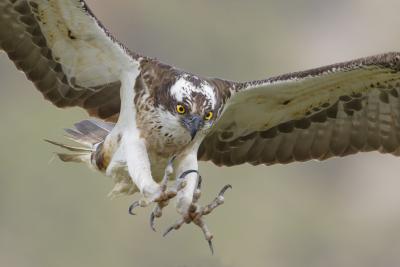Aspen
Populus tremula
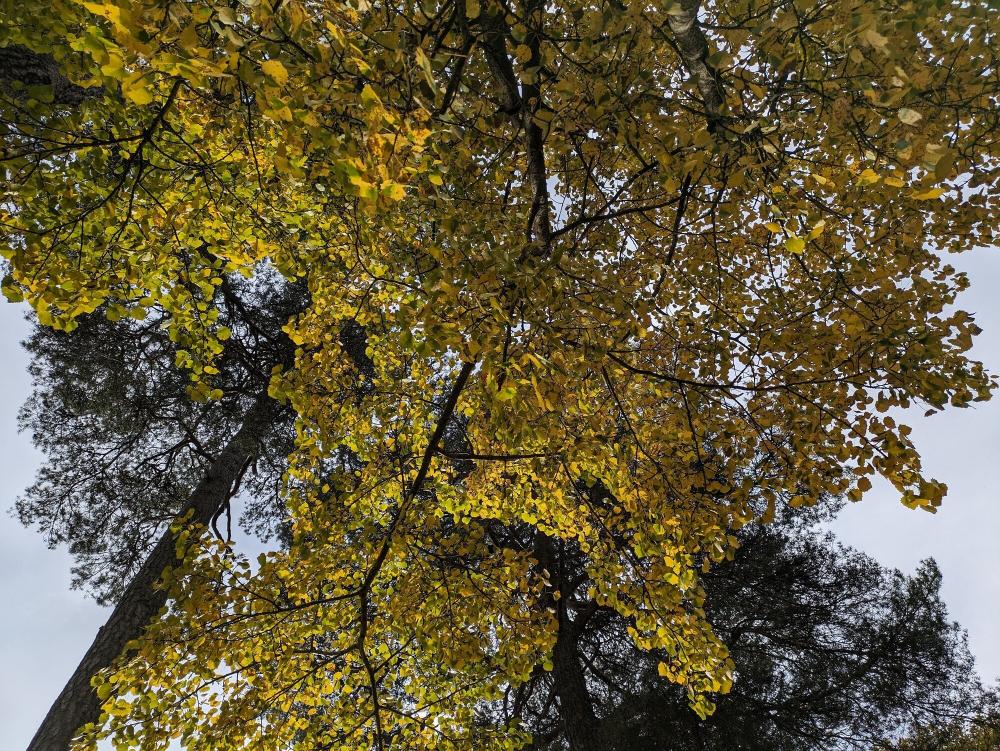
Aspen, sometimes called Eurasian aspen, is one of two UK native poplar tree species. Widespread across northern and central Europe, the tree species can, exceptionally, reach 25 metres tall and grows well in a wide mix of soil sites - from dry to wet, nutrient-poor to nutrient-rich.
Factsheet
Lifespan: 50-150 years
Best time to spot: Autumn, when their leaves are most colourful
Aspen is a fast-growing deciduous tree species requiring huge amounts of sunlight. They are frost-resistant and can withstand cold temperatures, making them ideal residents of Scottish forests. In the Cairngorms National Park, they tend to grow in small, fragmented stands, interspersed with other species.
Aspen trees stand out thanks to their distinguishing round leaves framed with irregular blunt ‘teeth’, which form a wavelike pattern. These leaves appear to shimmer in a breeze, giving the tree its Scots nickname of ‘tremlin tree’. In autumn they become even easier to spot, when their leaves turn from green to a bright yellowy gold colour.
They are dioecious, meaning their seeds grow on different trees. Like animal species, aspen’s flowers - also known as catkins - are sexed. Male catkins span 12cm and are brown, turning yellow when ripe with pollen. Female catkins bloom green before becoming fluffy and bearing fruit.
These trees can also reproduce via the growth of suckers, which are clone roots that grow at the base of the parent tree. See if you can spot each cluster set, which carry their own unique traits - from colour to size variations.
In addition to curious reproductive abilities, aspens have evolved several defence strategies against herbivores. Firstly, they grow very fast, allowing them to quickly get out of browsing range of animals like hares and deer. The downside of this investment in quick growth instad of chemical defences means that their bark, twigs and leaves are very palatable to a wide range of herbivores, from beavers to caterpillars. Their coping strategy for being felled by beavers is to regrow from the stump, a process known as coppicing. With caterpillars they have evolved a defence through the shape of its leaf stems. In profile these are quite flat, rather than round like most tree species. Consequently, with the faintest breath of wind, the leaves vigorously tremble, potentially throwing off any hungry caterpillars.
Did you know?
Aspen, sometimes called Eurasian aspen, is one of two UK native poplar tree species. Widespread across northern and central Europe, the tree species can, exceptionally, reach 25 metres tall and grows well in a wide mix of soil sites - from dry to wet, nutrient-poor to nutrient-rich.
Factsheet
Lifespan: 50-150 years
Best time to spot: Autumn, when their leaves are most colourful
Aspen is a fast-growing deciduous tree species requiring huge amounts of sunlight. They are frost-resistant and can withstand cold temperatures, making them ideal residents of Scottish forests. In the Cairngorms National Park, they tend to grow in small, fragmented stands, interspersed with other species.
Aspen trees stand out thanks to their distinguishing round leaves framed with irregular blunt ‘teeth’, which form a wavelike pattern. These leaves appear to shimmer in a breeze, giving the tree its Scots nickname of ‘tremlin tree’. In autumn they become even easier to spot, when their leaves turn from green to a bright yellowy gold colour.
They are dioecious, meaning their seeds grow on different trees. Like animal species, aspen’s flowers - also known as catkins - are sexed. Male catkins span 12cm and are brown, turning yellow when ripe with pollen. Female catkins bloom green before becoming fluffy and bearing fruit.
These trees can also reproduce via the growth of suckers, which are clone roots that grow at the base of the parent tree. See if you can spot each cluster set, which carry their own unique traits - from colour to size variations.
In addition to curious reproductive abilities, aspens have evolved several defence strategies against herbivores. Firstly, they grow very fast, allowing them to quickly get out of browsing range of animals like hares and deer. The downside of this investment in quick growth instad of chemical defences means that their bark, twigs and leaves are very palatable to a wide range of herbivores, from beavers to caterpillars. Their coping strategy for being felled by beavers is to regrow from the stump, a process known as coppicing. With caterpillars they have evolved a defence through the shape of its leaf stems. In profile these are quite flat, rather than round like most tree species. Consequently, with the faintest breath of wind, the leaves vigorously tremble, potentially throwing off any hungry caterpillars.
Did you know?
Aspens do more than paint a picturesque landscape: they support a wide-range of nature - from lichens and moss, to birds and mammals. Among these are species of conservation concern such as the dark-bordered beauty moth, aspen hoverfly, and blunt-leaved bristle-moss.
That’s why many conservationists consider aspen a keystone species, given its necessity for the survival of numerous other species. Some species, such as gall midges, are wholly dependent on the tree.
Yet this species has perhaps suffered more from deforestation than any other in Scotland. This is largely because aspen flowering is rare. In the Cairngorms National Park, the last major flowering event occurred in 2019 - the first in 23 years - which has led to the region’s dwindling numbers.
Collective efforts are helping this species to thrive. Protecting vulnerable aspen suckers from browsing using barriers and deer management helps to give saplings a fighting chance. Mapping the occurrence of aspens in the National Park allows for the planning of new populations through strategic planting. Strengthening an aspen habitat network could benefit a wide range of dependent species the aspen supports, including the vanishingly rare dark-bordered beauty moth, which is currently being captive bred and released to boost the last remaining populations.





